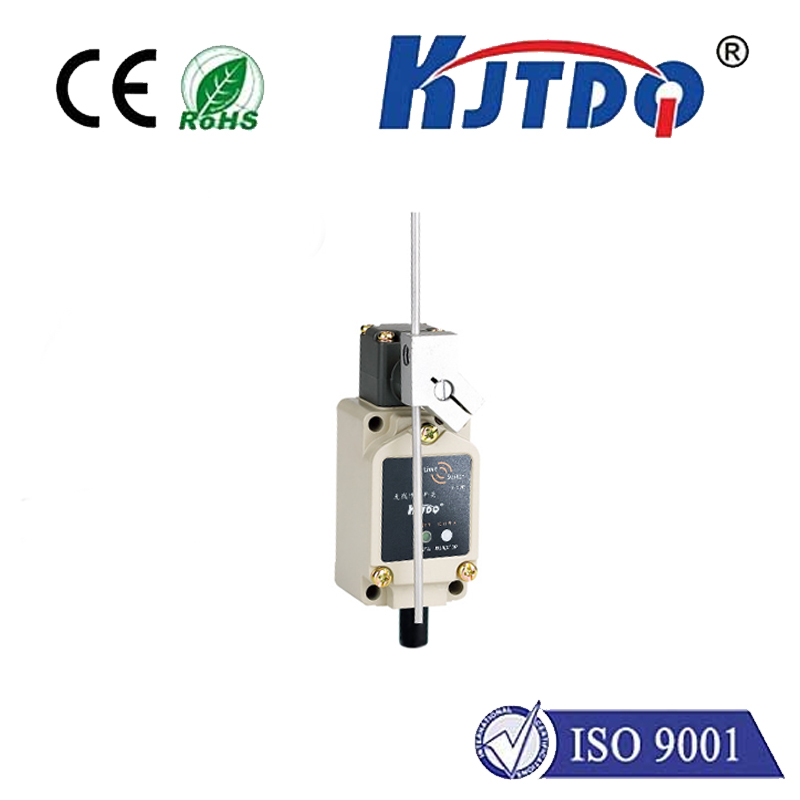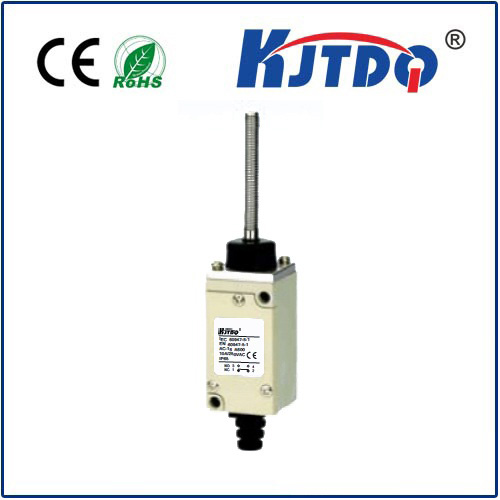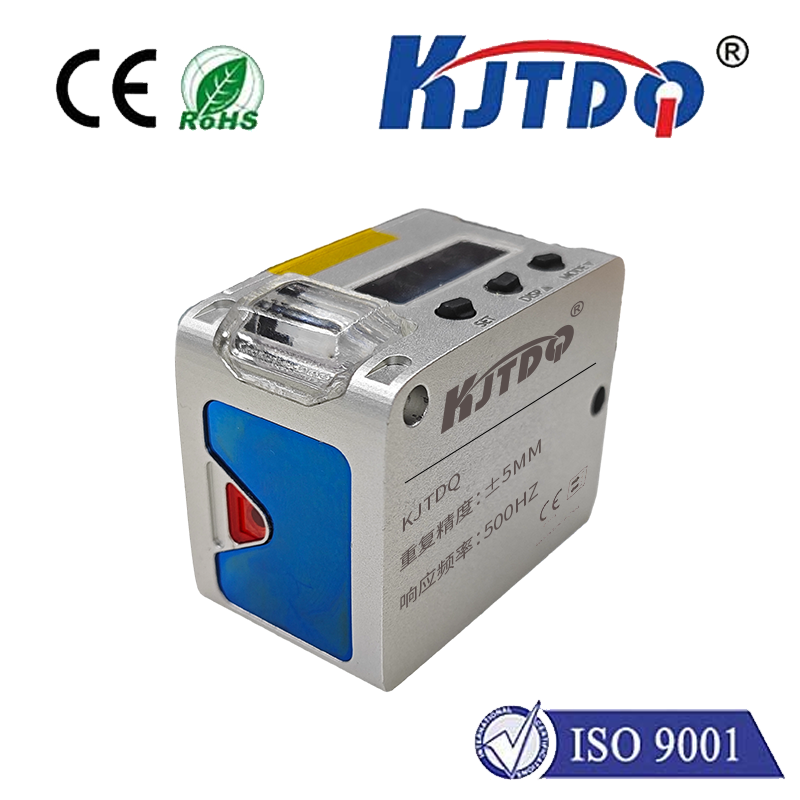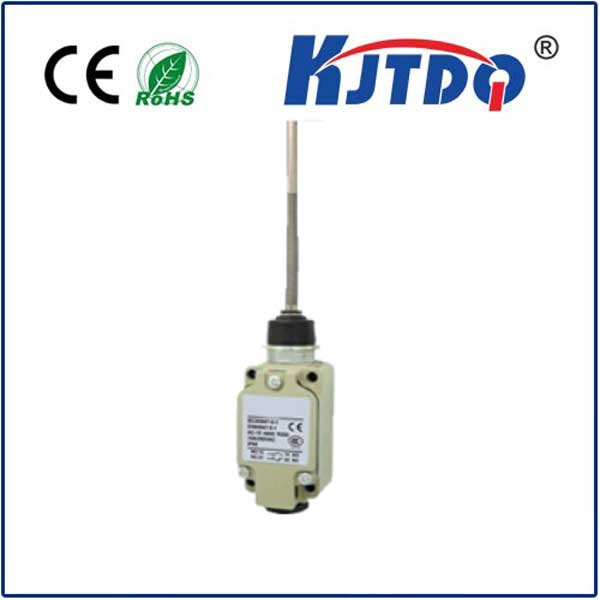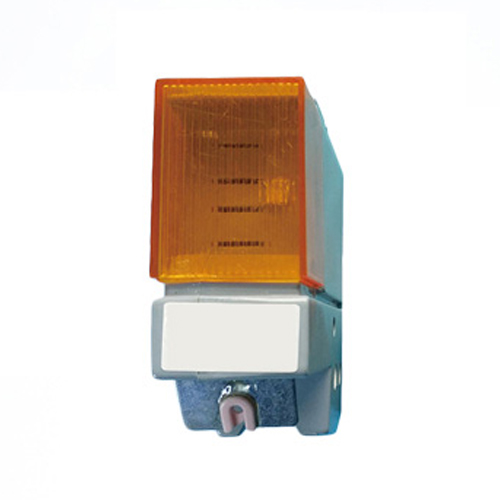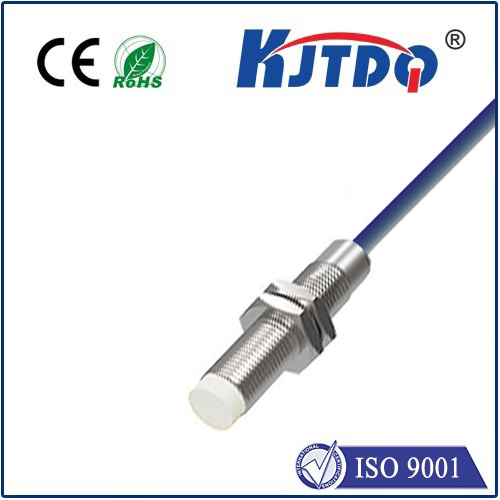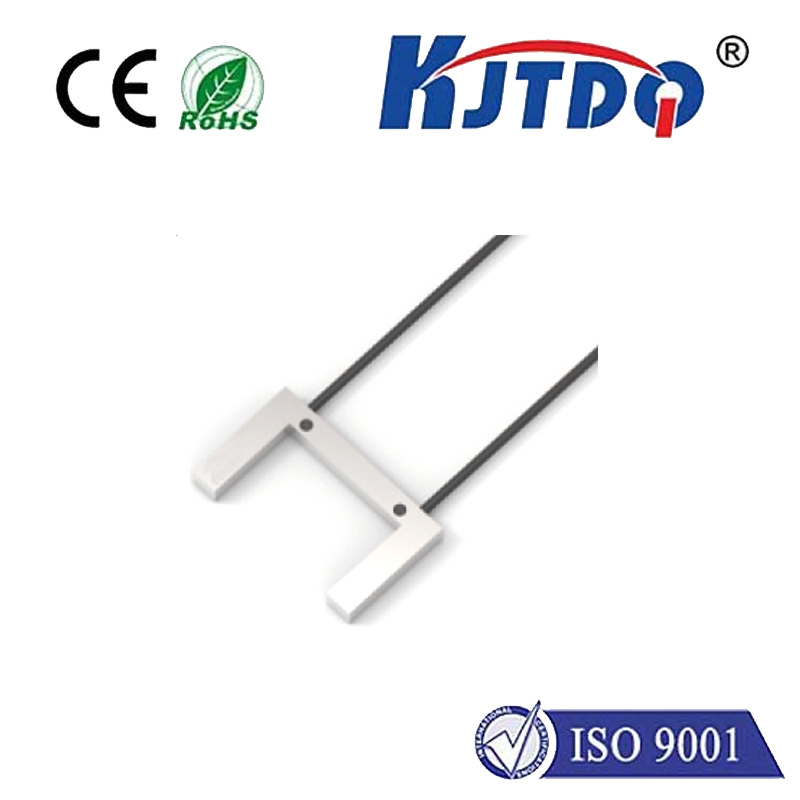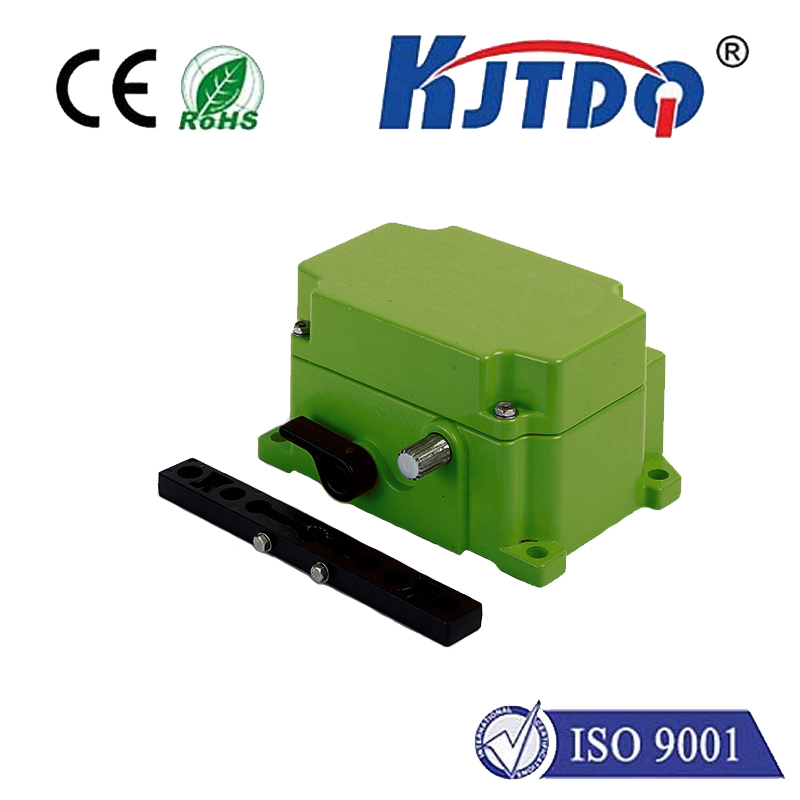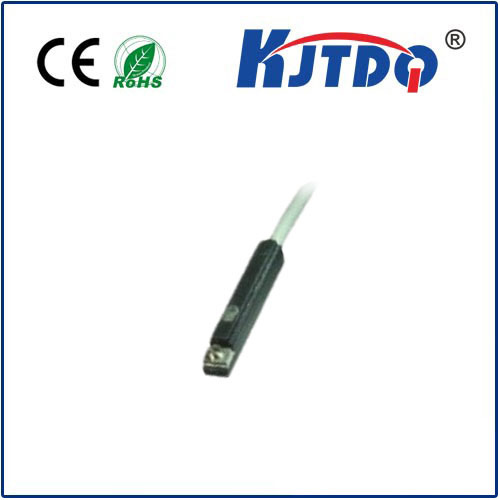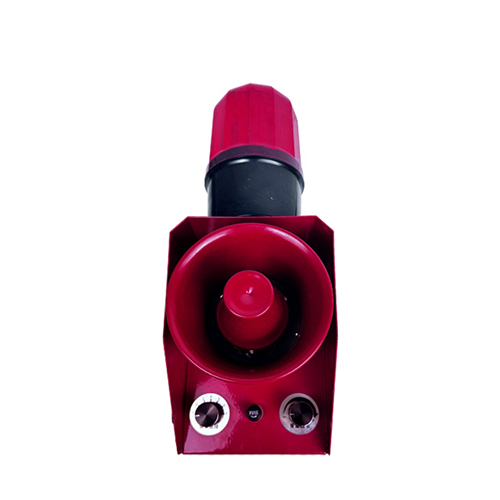

check

check

check

check

check

check

check

check

check

check
The Capacitive Proximity Switch: A Revolutionary Solution for Modern Applications
In recent years, the advancement of technology has led to the development of innovative solutions that cater to a wide range of applications. One such solution is the capacitive proximity switch, a revolutionary device that offers unparalleled sensitivity and accuracy in detecting objects or materials without any physical contact. In this article, we will delve into the world of capacitive proximity switches, highlighting their features, benefits, and applications.
What is a Capacitive Proximity Switch?

A capacitive proximity switch operates on the principle of capacitance, which is the ability of two conductors to store electrical charge when separated by an insulator. This type of switch uses an electric field to detect the presence of an object or material within its sensing range. When the object comes close enough to the switch, it alters the capacitance, triggering a response from the system. The switch can detect non-metallic materials, making it ideal for use in various industries.
Benefits of Capacitive Proximity Switches
One of the primary advantages of capacitive proximity switches is their high level of sensitivity. They can detect objects with minimal movement or vibration, making them suitable for applications that require precise control. Additionally, these switches are highly reliable and durable, capable of withstanding harsh environments and extreme temperatures. Their non-contact nature also eliminates wear and tear associated with mechanical switches, extending their lifespan and reducing maintenance costs.
Applications of Capacitive Proximity Switches
Capacitive proximity switches have a wide range of applications across various industries. In manufacturing, they can be used to monitor conveyor belts, detect the presence of products on assembly lines, and control machine movements. In automotive engineering, they play a crucial role in sensing vehicle positioning, speed monitoring, and collision avoidance systems. Other applications include liquid level detection in tanks, paper alignment in printing presses, and door activation in automated systems.
Conclusion
The capacitive proximity switch represents a significant step forward in modern technology, offering unparalleled sensitivity and accuracy in detecting objects and materials. Its non-contact nature ensures reliability and durability, making it an ideal solution for various industries. As technology continues to advance, we can expect to see even more innovative applications for capacitive proximity switches in the future.
